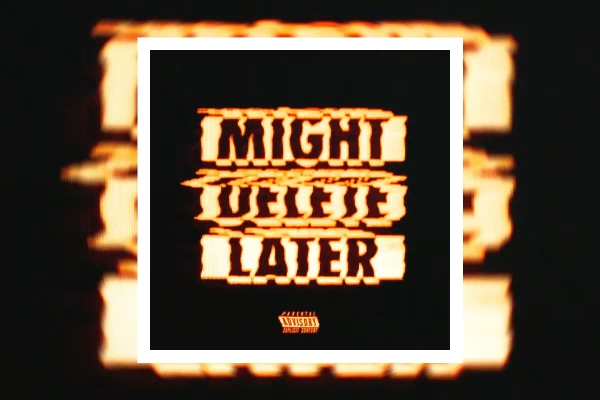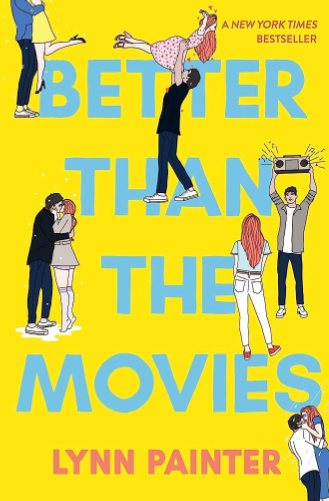Making art: locked down in lockdown

“Art” isn’t typically the first word that goes through your mind when you wonder what may be happening behind the bars of a prison cell. A look into this thrilling world of deprivation and creativity is visualized by Marking Time: Art in the Age of Mass Incarceration, a gripping “exhibition [that] explores the work of artists within US prisons and the centrality of incarceration to contemporary art and culture” (Dr. Nicole R. Fleetwood, Guest Curator of MoMA PS1).
The gallery features works made by incarcerated and nonincarcerated artists whose art is driven by their issues involving state repression, erasure, and imprisonment.
There’s bound to be a lack of materials considered necessary for art media when it comes to being confined, but that hasn’t stopped these artists. Using 39 prison bed sheets, hair gel, and a plastic spoon to transfer-print images taken from newsprint, Jesse Krimes created what he calls Apokaluptein 16389067, named after the Greek verb “to uncover” and his prison number. Over three years Krimes linked several depictions of heaven, earth and hell to illustrate his loss of identity. With 70 months to spend behind bars, Krime felt he was being made to comply with the title prison had given him. To fight the system, he attempted to make a voice out of his art, bringing the outside reality found on newspapers into the prison. It was a way for him “to maintain any sense of identity or sanity within that environment” (Krimes, 2015) and to fight against the system trying to dehumanize him.
Gilberto Rivera, who was a street artist before he was imprisoned, and Roger Dean Gillispie, a man who was wrongfully convicted, used what was readily available to them. After a hostile encounter with a prison guard, Rivera made a messy arrangement called An Institutional Nightmare “from prison documents and a torn-up inmate uniform, using floor wax — his prison job was mopping floors — as a binder” (Cotter, Holland). Stuck in a 22 to 56-year confinement, Dean Gillispie spent his time building dozens of miniature sculptures, one being Spiz Dinette, an Airstream camper made from “from scavenged trash — Popsicle sticks, cigarette-pack foil and recycled tea bags — held together with pins purloined from the prison sewing shop” Said Cotter Holland.
Art has become a way for inmates to make their frustrations clear to a world that actively avoids what’s taking place behind prison walls. The truth is that incarceration lays a weight on inmates that can be really harmful to their sanity. In fact, some of the works featured in Fleetwood’s show were made years after their sentence, and it tells us that their time spent in jail was really scarring. If they can’t stick to a positive headspace, criminals often find themselves stripped of their identity, eventually believing they’ll never have the opportunity to switch their life around. Fortunately, Inmate-experience suggests that no matter how detrimental the jail-system might be, art can create positive outcomes for the incarcerated, and helps them not go along with the labels their environment has placed on them.
Caiya Morrison is currently a senior at South Lakes High School. She is a staff writer for the Sentinel. She spends most of her time writing creatively...











